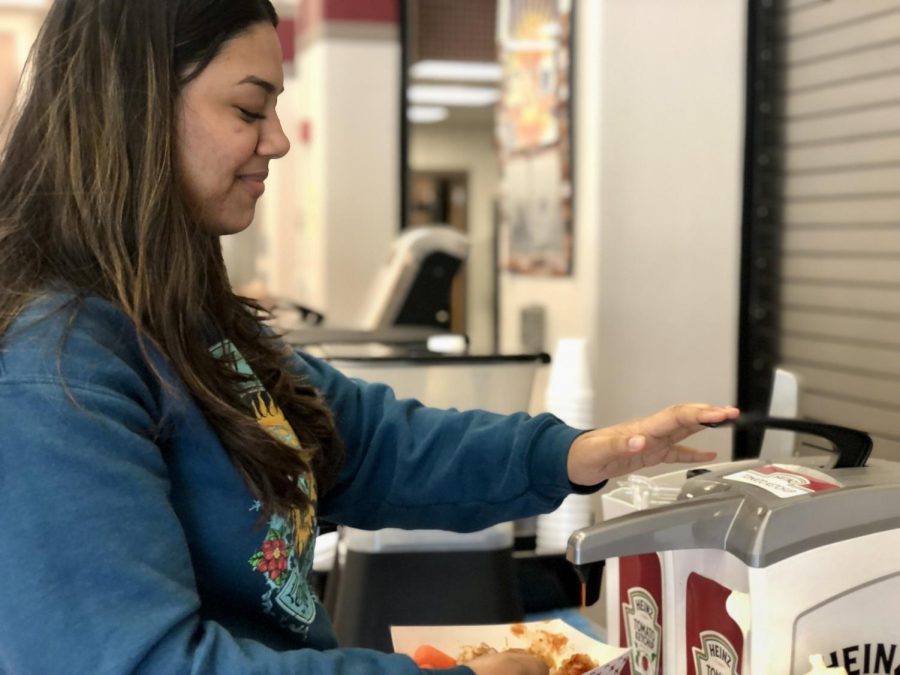A Taste of What it’s Like to Work in a High School Cafeteria
Take an in depth look at the work behind being a part of Rouse’s lunch staff
For the lunch staff, preparing, cleaning, and serving meals to students is a six and half hour ordeal that comes with rapid-fire movement, few breaks, and enduring persistence to work together as a team.
“It’s a crazy job,” food service worker Julie Roberts said. “It’s one of those things [where] you either like it or you hate it.”
However, the impacts of the global pandemic in 2020 still manages to affect the conditions of school lunchrooms. A lack of adequate resources, as well as supply chain issues have contributed to multiple struggles.
“Since COVID, nothing has been the same,” Roberts said. “We can’t get plates, we can’t get food that we need, they send us random things to substitute as food, so sometimes it’s not certain we’re gonna have what’s menued. We just try and do the best we can with that. And the lack of staff, that’s the hardest part.”
When the 2022-2023 school year began, Rouse removed the previous C lunch block and left only two lunches for students during the school day. In doing so, lunch staff has had significantly more time to prepare for meals throughout their shift.
“Last year when we had three lunches they gave us ten minutes to prep all of the food, get out here and get everything cleaned up, get back there and get everything done with limited staff,” children nutritional services worker Katherine Martin said. “So now, we have plenty of time to get everything cleaned up and cooked and back out there. Last year, it was limited on what we could cook between lunches because we just didn’t have time, so everything had to be cooked in the morning”
The daily routine begins early in the morning, prepping lunch food and rolling out the first and second breakfast. By the time classes start, preparations for A & B lunch are underway.
“When they come to the line to get the food they see everything ready, everything hot, fresh, but behind that there’s a lot of effort,” assistant cafeteria manager Tron Ngyuen said. “[There’s] a lot of time, a lot of pressure that we have to put into the job because we want to make sure that the food is ready by the time lunch starts.”
There’s a stainless steel lid that covers the food displays, preventing the lunch staff from actually seeing what students might be pointing at. This only supports the fact that in order for the flow of the cafeteria to be in place, both students and staff have to help and communicate with each other.
“We do everything,” Martin said. “When you walk in that door, the tables are us, the trash is us, the food is us, all of it is us. So, pick up your trash. Don’t just leave it. We work really hard. And when you’re asking us what you want, speak up.”




